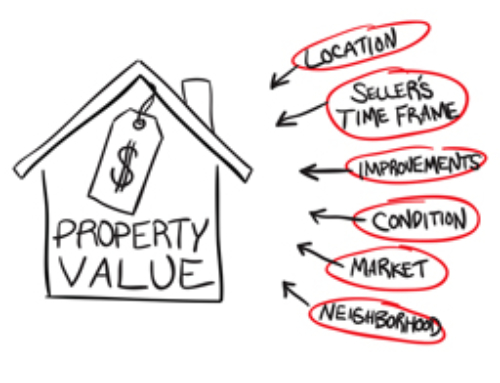 A 1031 exchange is a common way for real estate investors to preserve the profits from their sales, but the complicated rules of Section 1031 of the IRS Code can confuse the most experienced of investors. As investors are again selling their properties at a profit, it may be time for a refresher course on 1031 exchanges.
A 1031 exchange is a common way for real estate investors to preserve the profits from their sales, but the complicated rules of Section 1031 of the IRS Code can confuse the most experienced of investors. As investors are again selling their properties at a profit, it may be time for a refresher course on 1031 exchanges.
This series covers the most important rules for real estate investors to keep in mind as they perform 1031 exchanges. The first two are to know the rules of exchange timing and to consider both tax and non-tax exchange benefits. The third is as follows:
Become familiar with various exchange alternatives. Most taxpayers are familiar with the most common exchange transaction: the forward-delayed exchange. In this exchange, a taxpayer sells his or her relinquished property to a third-party purchaser, uses a qualified intermediary (QI) to hold his or her exchange proceeds, and eventually acquires replacement property from a different third-party seller. Many taxpayers are not aware of other exchange structures that have been used for years by savvy real estate investors and developers.
These other strategies include reverse exchanges, whereby replacement property is acquired prior to the sale of the relinquished property. In these transactions, the taxpayer must rely not only on the assistance of a QI, but must also engage an accommodating titleholder (AT) to take title to the targeted replacement property.
The AT, which is often an LLC that is owned by an affiliate of the QI, will hold replacement property on the behalf of a taxpayer until the taxpayer has sold the relinquished property. Reverse exchanges work well when the taxpayer must purchase the replacement property before the relinquished property can be sold.
Additionally, taxpayers may use a construction exchange in order to build ideal replacement property or use leasehold exchanges when they wish to build replacement property on real estate they already own. Again, an AT must be used to hold title to the property during the period of time when improvements are being completed.
These exchanges may also be used in the reverse format, whereby a taxpayer uses the AT to start the construction process on the replacement property prior to the sale of the relinquished property.
Finally, taxpayers should note the ability to complete multi-asset exchanges on the sale of businesses. In these asset sale transactions, a taxpayer will allocate value between the real property and the personal property. Real property is comprised of land and buildings, while personal property may include furniture, fixtures, equipment, vehicles, aircraft, and so on.
Many taxpayers are unaware of the ability to complete exchanges on the sale of personal property assets, and should note that many types of assets, including art and collectibles, can qualify for tax-deferred exchange treatment.
In my next post, I’ll take a detailed look at the qualified intermediary and what taxpayers need to know when working with one.
Read More:
Property Taxes: 6 Ways To Get Your Property Taxes Reduced
Mortgage Rates, Programs, and Fees: FAQs From Ilyce Glink
Investing in Real Estate: Lease Option Benefits
Investing in Real Estate? Plan Exit Strategy Before You Buy
Ricky B. Novak serves as president of Strategic 1031 Exchange Advisors (“SEA 1031”), an Atlanta based consulting firm and qualified intermediary that provides real estate and tax consulting services for clients structuring complex real estate transactions and asset dispositions. Contact Ricky Novak at www.sea1031.com�t
.






